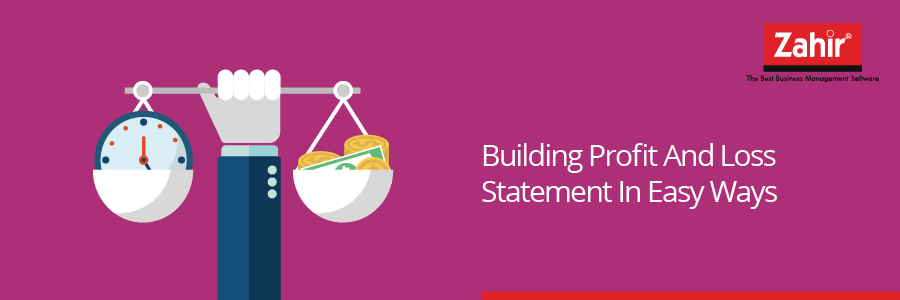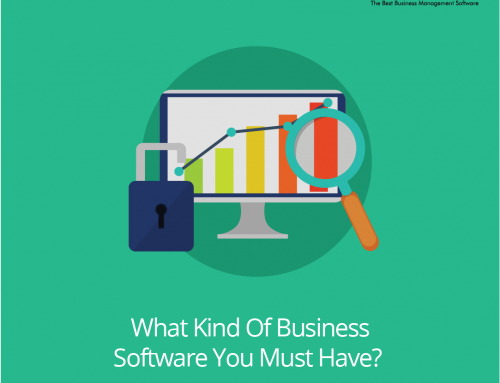Profit and Loss statement, also known as the income statement and earning statement. It is a tool to measure your business’s sales and expenses in the specified period. Its function is to find out the total source of revenue and deduct the expenses relate to the revenue.
Generally, Profit and Loss statement consists of sales and expenses, such as net sales, COGS (Cost Of Goods Sold), gross margin, selling and administrative expenses, and net profit.
Preparing Profit and Loss statement is highly required because of the following reasons:
- As a way to monitor your business activity. Profit and Loss statement will tell the revenue and expenses to the owner and allow another party to evaluate your managing business capability.
- To record a business operation in order to determine the tax on profit earned.
The following formula is used to calculate your profit and loss statement:
Net Sales – COGS = Gross Margin
Gross Margin – Selling and Administrative Expenses = Net Operating Profit
Net Operating Profit + Other Income – Other Expense = Net Profit before Taxes
Net Profit before Taxes – Income Taxes = Net Profit
You can create your Profit and loss statement by yourself based on your financial records. The easy steps are:
A. Calculating Revenue
- Determine the time period.You may want to make a profit and loss statement monthly, quarterly, or annually. A profit and loss statement for a brief period such as one-quarter will provide more detail information. While the longer period of time will provide less detailed information. If you want your profit and loss statement covers a year, it is better to break down into quarters than monthly.
- Collect sales documentation and other revenue. They are needed to give you raw figures for all of your business revenue during the specified period. Divide your income into some general categories to find out how much money your business earned.
- Calculate your total income in the specified period. For example, if you earn income in three categories and your profit and loss statement is covering three months, then you need to calculate the total income in each category in each month and total for each category for a quarter.
B. Calculating Operating Expenses
- Collect expenses information during the specified period. Keep in your mind to calculate incidental expenses, such as supply purchase in small quantity or contract labor. Raw material purchase to create a product is also considered as your expenses.
- Categorize operating expenses that depends on your profit and loss statement purpose, as it is used internally or for other parties (external).
- Mention non-operating expenses, expenses which do not directly relate to your business operation, such as interest, bank service charges.
- Find out any losses of your business, such as capital losses from the sale.The most important thing is this loss should be calculated specifically.
C. Establishing Net Income
- Typically, income entries are stated on the top line of a spreadsheet, while expenses are stated in the line below. This flow allows you to subtract the expenses from income to calculate net profit.
- There are two methods usually applied: The single step method is considered to be the simplest method applied, that you only subtract all expenses and losses from revenue and gain. The other is multiple parts, that divide operating income and expenses from other income and expenses. Sales minus selling and administrative expenses result in net operating profit.
Profit and loss statement is necessary to monitor your money coming in and out of your business. It is also used by the other party, such as investor to evaluate your business performance. You can prepare this report by using a spreadsheet program or accounting software.




